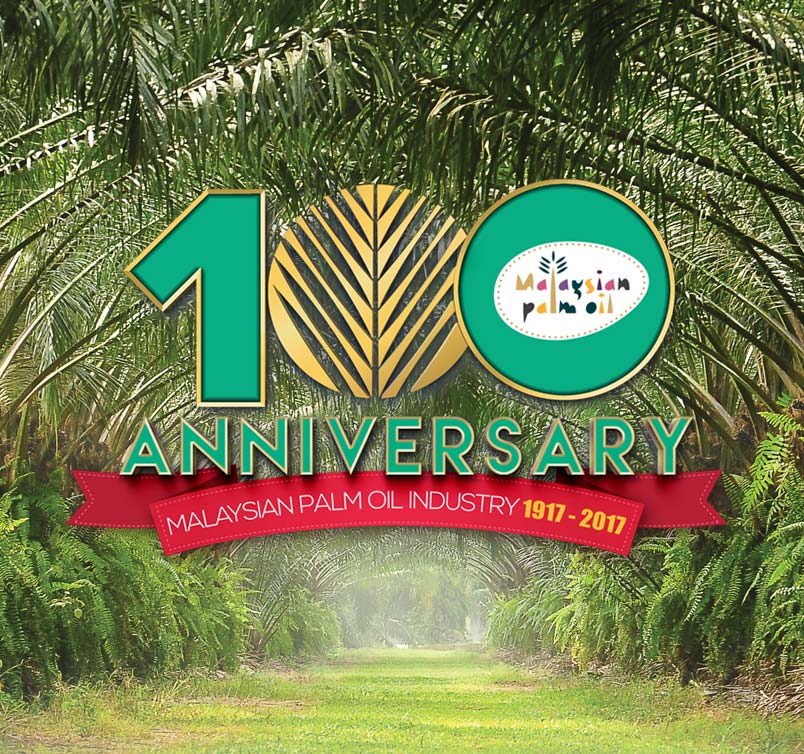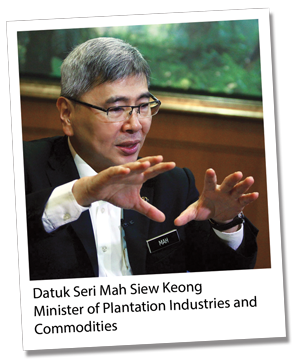



Malaysian palm oil has changed the world
February, 2017 in Issue 1 - 2017, Cover Story
2017 marks the first 100 years of the Malaysian palm oil industry. The initial commercial oil palm plantation was established at Tennamaram Estate in Batang Berjuntai, Selangor, in 1917.
The Hon. Datuk Seri Mah Siew Keong, Minister of Plantation Industries and Commodities, knows well the history of oil palm development in Malaysia. It has played an important role in the economic success of his home state of Perak, both by way of cultivation and downstream processing. In an interview, he considers the impact the industry has had on Malaysia and the world.

Malaysian palm oil has come far to become a successful commodity. Would the planters of 1917 have been amazed by the state of the industry today?
I think they would be amazed by what Malaysia – not just its palm oil industry – has achieved. So much has changed over 100 years. We were not even an independent nation in 1917. It is a testament to the brilliance and foresight of the palm oil community that it has remained a constant success and a force for good throughout the historical, technological and political changes of the past century. It is a truly remarkable achievement.
I am sure the founders of Tennamaram Estate would recognise one thing about the modern industry – that the commodity and its fundamentals remain the same: a high-yielding, cost-effective, versatile oil that is far superior to any competing oil. In Malaysia we have turbo-charged those fundamentals with world-class R&D; cutting-edge agricultural techniques; and a strong commitment to responsible and socially beneficial planting.
What have been the major historical turning points for the Malaysian industry over the past 100 years?
Obviously the establishment of the first plantation in 1917 was a major landmark. Two other key turning points also come to mind.
The first is the development of larger-scale integrated processing and exporting in the 1930s. This involved the transport of fruit to standardised processing facilities designed for the export market. So, the final product was of a higher quality than from African processors, which were still operating small-scale plants. This set a benchmark for palm oil quality globally – and helped the young industry in Southeast Asia get ahead of the curve.
The second was in the 1970s. At this time the Malaysian government pushed for the development of downstream processing industries and the diversification of export products. This included the founding of the Palm Oil Research Institute of Malaysia. This visionary step set the scene for successful collaboration between the private sector and government. It also created the platform from which the palm oil sector could expand: not just exporting a raw commodity, but also leading in higher-value economic activity.
We should not underestimate our place in history. I believe that historians will look back on these years as a golden age for palm oil. And we have tremendous technological advantages that, if harnessed, can take Malaysian palm oil to even greater heights.
